
Loose Leash Walking: Our step-by-step guide
If your dog or puppy is dragging you down the sidewalk during your daily walk, it’s time to teach, or take a refresher course on, proper leash walking.
The arrival of spring and warmer days is an ideal time to review what you need to know to help teach, or reinforce, good walking behavior on a leash. What’s more, loose-leash training can be practiced at home, which is helpful if you’re quarantined.
We’ve reached out to certified trainer and behavior consultant Heather Gutshall to share her tips and tricks for loose-leash walking success.
What is loose-leash walking, and why is it important?
Heather explains that loose-leash walking is not the same as training a formal heel, which requires your dog to stick right by your side. Rather, loose-leash walking allows your dog a bit more freedom to sniff and explore, while keeping the leash slack. There are two reasons why loose-leash walking is one of the most important skills to teach your dog.
The first, and most obvious, is comfort. A dog pulling and jerking on a leash makes for an unpleasant walking experience, and your arm, shoulders and/or back may pay the price of all that pulling.
The second is safety. A dog walking under control and focused attentively on its handler is less likely to dart out in front of a car, bicycle or runner causing injury to itself or someone else.
Employ positive conditioning techniques
Before beginning loose-leash training, be sure to stock up on high-value treats (those that are more desirable than the distraction). Alternatively, you can reward your pet with TONS of praise. Just be sure to choose the reward that most motivates them, and supply it generously when they perform the expected behavior. The goal here is positive, reward-based training in which your dog identifies positive associations with the desired behavior.

Step-by-Step Loose Leash Training Guide
Here are Heather’s 4 tips to teaching your dog to walk on a leash without pulling:
1. Start indoors.
When you’re ready to begin loose-leash training, find a low distraction environment in your home, such as a hallway with doors closed. Using a 4- to 6-foot non-retractable leash, start walking forward with your dog. As soon as the leash tightens, freeze in place. Do not lean forward with the pull or yank the leash. Instead, think of yourself as a tree — solid and unmoving. Wait. Ignore your dog until the moment your dog makes any movement that causes the leash to loosen, even slightly. Praise in a happy voice and take another step forward. Take as many steps as you can before the leash again tightens. Stop! Wait for your dog to loosen the leash, praise, proceed. Do not move forward unless the leash is loose. This will take what seems like F-O-R-E-V-E-R to walk down the hall. Stick with it.
2. Take it outside.
Once your dog starts to get the hang of this exercise, take it outside. Yep, you will be that person taking a step then stopping and looking around on the street. In a few weeks, you will also be that person who’s dog is not pulling them all over. Start with one step and repeat as above.
3. Reward check-ins.
Each time your dog checks-in with you (check-in = turns to give you eye contact) on walks, offer a treat and verbal praise. Dogs that are paying close attention to their handlers are less likely to pull out in front of them. Talk to your dog to encourage check-ins, sing him a song, or make strange noises. Provide as many opportunities as you can for your dog to look up at you and be sure to give him a treat and praise for his check-in.
4. Train a tired pup.
Practice when your dog is tired. Fido will find it especially difficult to learn a new skill before he’s had a chance to run and move. Early on, you’ll have greater success after your dog has expended any pent-up energy and can focus.
By committing to loose-leash training this spring, you’ll be rewarded with a more pleasant dog walking experience in which you and your pup are engaged with one another and moving as a team.

Looking for more dog-walking advice? Check out our latest blog for expert tips and ideas on how to shake up your daily routine.
Heather Gutshall, ACDBC, CPDT-KA
 Heather Gutshall, ACDBC, CPDT-KA, is a dog trainer and behavior consultant at Outbound Hounds. She uses fear-free and force-free techniques when working with her clients, which include puppies and dogs of all ages, rescues, dogs from breeders, and those with behavior challenges. The co-founder and president of Handsome Dan's Rescue, Heather is also passionate about helping victims of dogfighting. Her dog, Handsome Dan, was a survivor of the Michael Vick dogfighting case, and was her longtime best friend until he passed two years ago.
Heather Gutshall, ACDBC, CPDT-KA, is a dog trainer and behavior consultant at Outbound Hounds. She uses fear-free and force-free techniques when working with her clients, which include puppies and dogs of all ages, rescues, dogs from breeders, and those with behavior challenges. The co-founder and president of Handsome Dan's Rescue, Heather is also passionate about helping victims of dogfighting. Her dog, Handsome Dan, was a survivor of the Michael Vick dogfighting case, and was her longtime best friend until he passed two years ago.
To see Heather’s virtual dog training classes and videos, visit Outbound Hounds on Facebook or join her free/sliding scale classes at Dog Training with Heather Gutshall
Johnna Devereaux, CPN

Johnna Devereaux is Bow Wow Lab’s resident certified pet nutritionist. Johnna’s unique perspective and wealth of knowledge about dog nutrition and wellness empowers people to make educated decisions about their pet’s overall nutrition. She brings years of experience in holistic animal health to our Wellness Center. Since 2014, she has owned and operated Fetch RI, a holistic pet store in Rhode Island where she delivers animal nutrition and wellness expertise to her customers daily.
Related Resources
You might also like:
Related Articles
Follow us @BowWowLabs
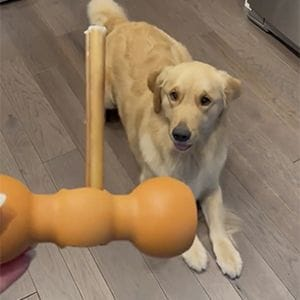
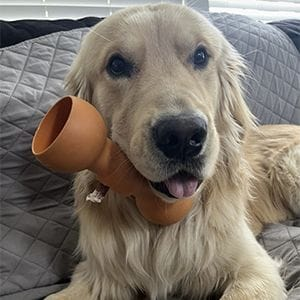
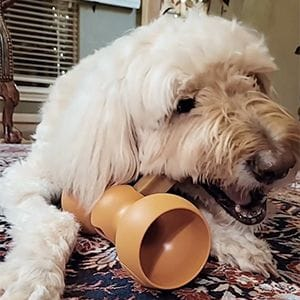

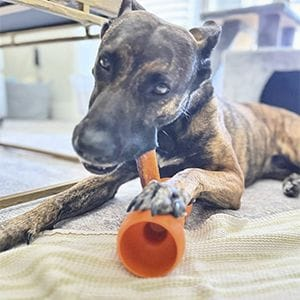
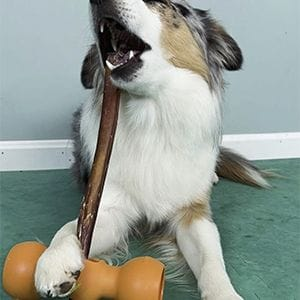
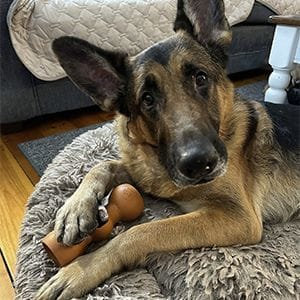


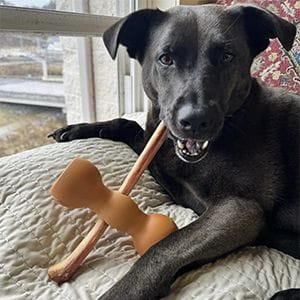
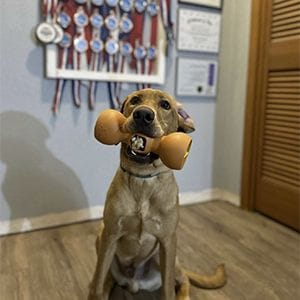


Sign Up to Our Newsletter!
Appeared In















